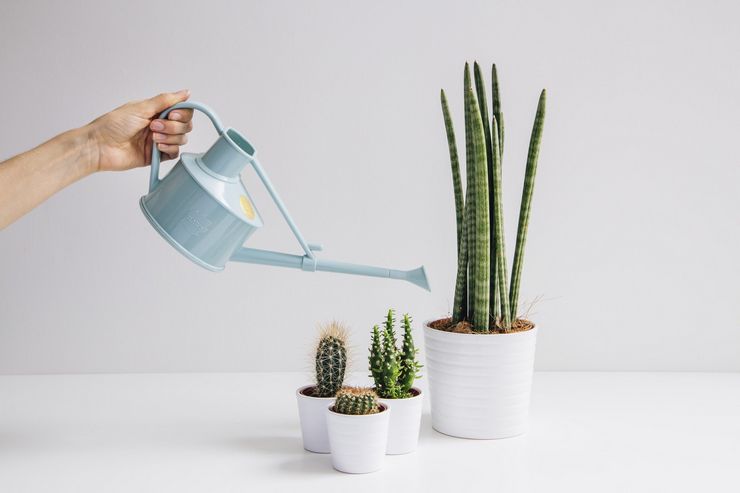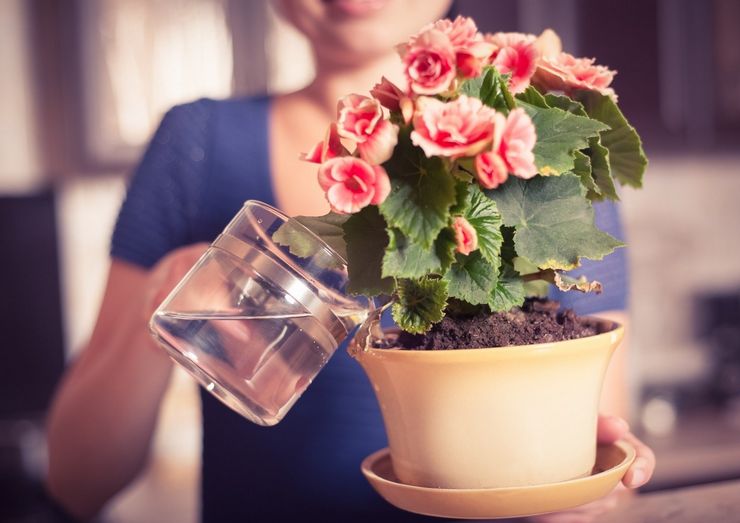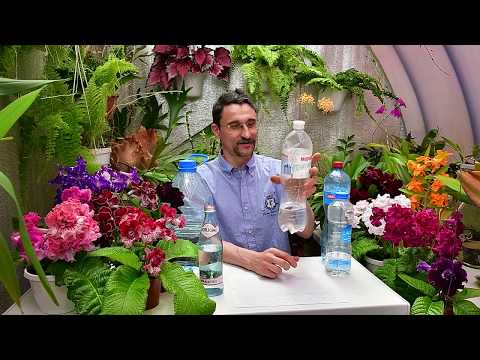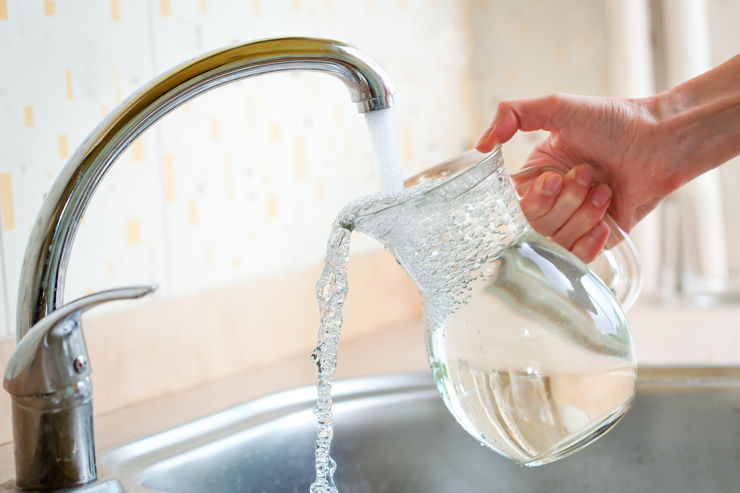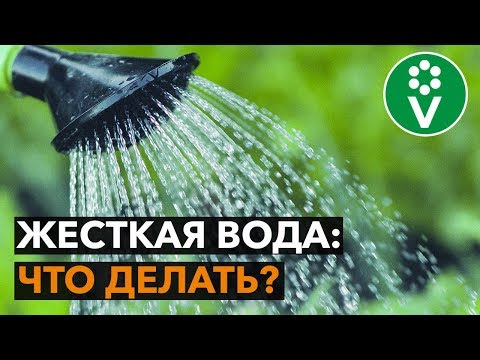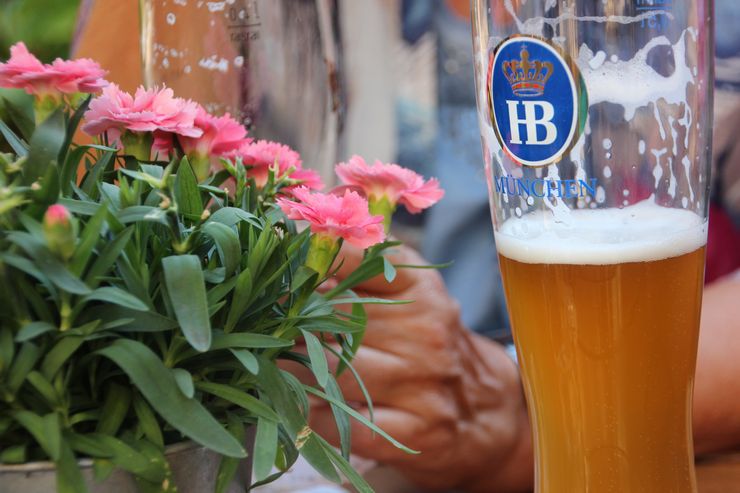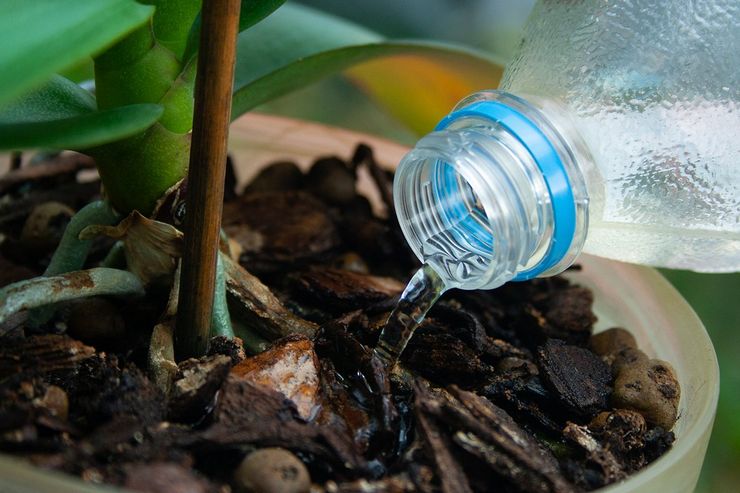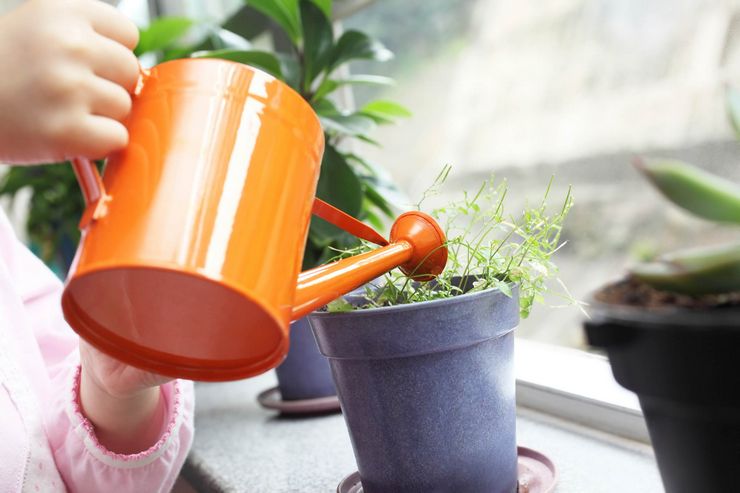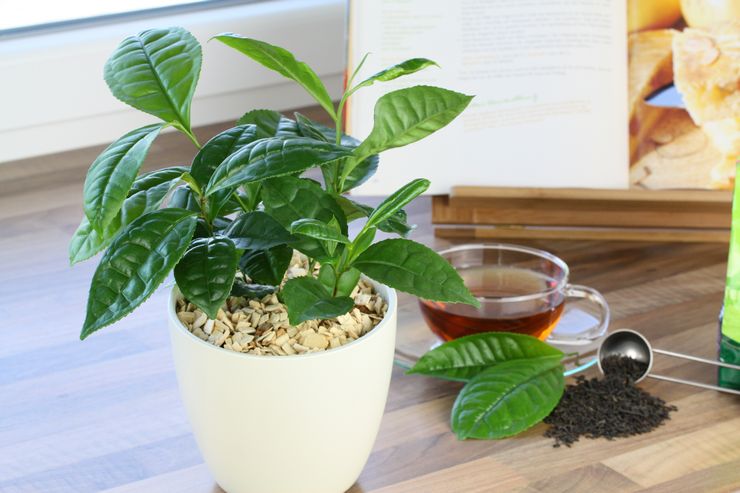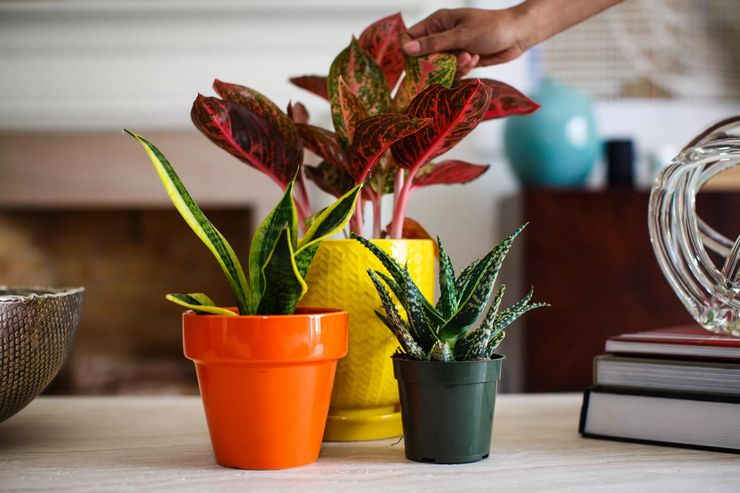Growing plants is impossible without moisture, and house flowers are no exception. For normal development, they require regular watering. Without water to help the roots absorb nutrients, the flowers will quickly die. But the water used for irrigation can be different. There is no consensus among flower growers about what water is best to water indoor plants: each of the options has its own characteristics..
What water is better to water flowers
Filtered and separated
Tap water can be used for watering flowers only after preliminary preparation: for cleaning, various substances are added to it, including chlorine, which is harmful to plants. The percentage of its content is safe for humans, but it will definitely not bring any benefit to flowers and can leave burns on the roots. When watering with hard water, salt deposited in the soil can affect the absorption of substances necessary for the growth of flowers..
Filters help rid the liquid of some of the salts that are harmful to the flower. To purify water from chlorine, it is defended in an open container for at least a day. During this period, chlorine will be able to erode on its own, after which the liquid can be used for watering or spraying. In addition, the settled water will have room temperature, which will also have a positive effect on plant health. It is impossible to water them with ice water – in such conditions, the roots will not be able to assimilate the moisture received..
Mineral water
About watering plants with mineral water
Mineral water contains many different natural salts. Among them – calcium and magnesium necessary for flowers. But not all plants are capable of assimilating such a “cocktail” of mineral elements. In most cases, the use of mineral water for irrigation will only lead to soil salinization and deterioration of its quality. Only a few house flowers (for example, begonia) can be watered with mineral water, but it must be non-carbonated.
Distilled water
Distilled water, purified from all sorts of impurities, can be considered the opposite of mineral water. For some capricious crops, this is the preferred water. But the neutral composition of such a liquid will be too poor for most houseplants. Continuous use of distilled water can gradually wash out all nutrients from the soil and impair flower growth. Sometimes the fertilizers necessary for planting are preliminarily dissolved in distilled water, and only then the flowers are watered or sprayed with it..
Harm of tap water to plants
The growth and development of all indoor plants depends on the composition of the water. But in tap water the amount of substances harmful to plants often exceeds the permissible limits. It contains numerous soluble salts as well as bromine, chlorine, sodium and fluorine salts. For example, fluoride salts have toxic effects on plants. Plants such as palms and dracaena can die altogether..
The harm of tap water to indoor plants is the high salt content in it. Salts prevent the roots of plants from absorbing the required amount of water, which means that the plants feel a lack of moisture. But even a low level of salts in irrigation water can harm indoor pets. True, the process of wilting of the plant will be longer. The flower will slowly die, starting at the root, and then above the ground. And it doesn’t matter at all how much water is used for irrigation, if it contains a high level of salts. The plant is damaged by both large and small water volumes, because the flower cannot use this water..
How to soften hard water for watering plants
HOW TO IMPROVE WATER FOR WATERING PLANTS? Bonus at the end!
You can water indoor flowers with water extracted outside the window: rain, river or melt. But in big cities, the opportunity to get water of proper purity does not always exist. To get out of the situation, flower growers practice various methods of softening hard tap water..
- Defending. A day spent in an open container has a positive effect on water quality.
- The introduction of special additives that can affect the composition of the liquid. Among them – citric acid (1 tbsp.spoon for 10 liters of water) or peat (add 100 g of peat to 10 liters of water, wrapping it in a bag).
- Making a cleaning filter. Plain water is preliminarily passed through a layer of fabric with a pad of cotton wool and activated carbon.
- Cooling hot water. It is considered less hard than cold – when heated, part of the salts precipitate.
To be sure to determine the degree of hardness of tap water, you can contact a special laboratory or use a commercially available tester. Softening will need water harder than 10 mEq per 1 liter.
Is it possible to water flowers with beer
In addition to ordinary water for irrigation, flower growers often use other liquids, sometimes very unexpected. The elements they contain are believed to be beneficial to plants..
Such formulations include beer that contains yeast. The benefits of yeast are known to many plant lovers. These fungi promote the activation of microorganisms that process the organic matter contained in the soil. Thus, the flowers receive the potassium and nitrogen released at the same time..
The rapidly depleting soil in pots will benefit from a yeast feed, so yeast-rich beer is used for watering. Among the plants that love such “feeding” are roses, dracaena, as well as euphorbia and fat woman. But only “live” drinks are suitable for them. Bottle and canned counterparts that are stored for a long time contain preservatives and additives that are harmful to plants. But pouring a “live” drink into a pot undiluted is also not worth it. Beer is added to water in a ratio of 1:10.
Aquarium water for watering indoor plants
There is no consensus on the use of aquarium water. In fact, an aquarium is a closed ecosystem inhabited by various organisms. The inhabitants of such a vessel with water – fish, gastropods, etc., introduce urea into the water – a vegetable fertilizer. In addition, it contains oxygen and many different nutrients. Aquarium water is rich in organic matter, free of chlorine and at the ideal temperature for irrigation.
For some growers, the use of such water gives excellent results, especially on flowers that love moisture. Others do not notice the changes and consider such water not pure enough for flowers. From time to time, plants can still be watered with water from the aquarium, but for this it must be pre-purged with an aerator..
Is it possible to water flowers with serum
Another unusual natural way of simultaneous watering and feeding is the use of whey. Fans of eco-procedures for caring for flowers have adopted this method. Sour whey contains many nutrients, including amino acids and potassium and phosphorus, which are especially important for flowers. In addition, such a composition has a depressing effect on pests. You cannot use pure serum – it will change the composition of the soil too much. As in the case of beer, it is diluted 10 times for watering..
In addition to using a regular solution, additional additives can be added to it. Among the recipes for such fertilizers:
- Iodine (1 drop per 1 liter) and ash are mixed into the serum solution.
- To 10 liters of solution add 0.5 kg of sugar and a pinch of yeast. The mowed grass is poured with the mixture.
For root irrigation, 1 part of the resulting fertilizer is diluted in 10 parts of water. When spraying, the dosage is changed using a solution in a ratio of 1: 3. But such dressings are recommended to be used only during the period of active growth of plantings..
Is it possible to water plants with tea and tea leaves
Tea also contains many beneficial substances. Tea leaves contain tannins and elements such as iron, potassium and manganese. But the introduction of such a top dressing along with watering has both advantages and disadvantages..
- Tea increases the acidity of the soil, preventing it from alkalizing;
- Tea additives loosen the soil and promote better absorption of nutrients;
- Welding improves the air permeability of the soil;
- The tea leaves can be used as a mulch that prevents the soil from drying out in the pot.
But at the same time, regular use of tea in flower pots can lead to unpleasant consequences. Among them:
- Soil acidification, manifested in the appearance of a greenish coating on its surface, as well as an unpleasant odor;
- The appearance of mold, and with it – pathogenic bacteria;
- The presence of sweet tea in the soil contributes to the appearance of annoying pests of home flowers – sciarids (mushroom mosquitoes);
- Flavors in tea can disrupt the soil balance.
In order not to be mistaken and not to water the flower with a folk remedy that can have a bad effect on its development, numerous tips should be carefully analyzed. A modern range of nutritional supplements, organic or mineral based, will provide any home flowers with all the necessary substances without risking their health. The main thing is to strictly follow the instructions and not overfeed the plantings..
In addition to the quality of the water for irrigation, special attention should be paid to the schedule of this procedure. Even the most suitable water can destroy a plant if you do not follow the moisture regime necessary for it. It is calculated based on the needs of a particular type, the degree of drying of the soil and the temperature in the room..
Some plant species are able to stay for weeks without watering, but most still require systematic soil moisture. If the owners of such flowers leave, and there is no one to entrust the care of them, an automatic watering system should be provided. For this, both purchased and home-made devices are used. Among the most popular are an inverted water bottle, wick irrigation, hydrogel, etc. In order for the plants to evaporate less moisture, they are rearranged in the shade for the period of vacation.

